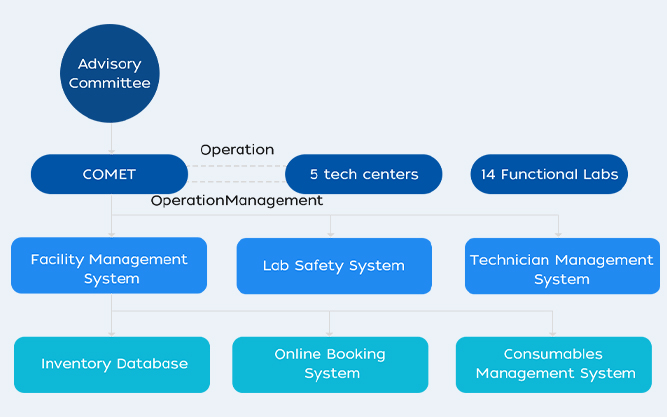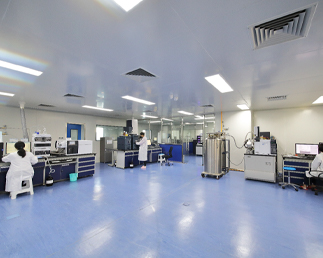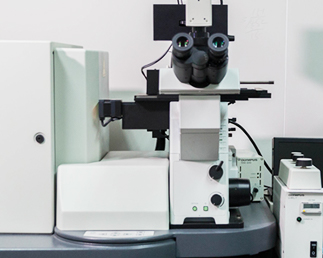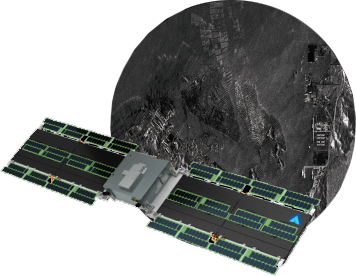
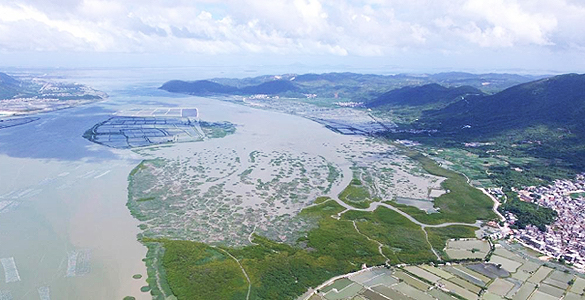
The National Observation and Research Station for the Taiwan Strait Marine Ecosystem (T-SMART) was been approved as a national station of the Ministry of Science and Technology of the People’ s Republic of China in 2021. T-SMART consists of two comprehensive stations: the “Dongshan Swire Marine Station (D-SMART)” and the “Zhangjiang Estuary Mangrove Wetland Ecosystem Station (M-ECORS)” as well as four long-term observation areas: Upwelling observation area, Dongshan Bay observation area, Xiamen Bay observation area and Zhangjiang River Estuary observation area. Integrating nearly 30 years of observations and research on upwelling ecosystems and coastal wetland ecosystems such as mangroves in the Taiwan Strait, T-SMART is committed to long-term monitoring and experimental research on marine ecosystem structure and function, which provides science and technological support for the health of the marine ecosystem and sustainable economic development.



